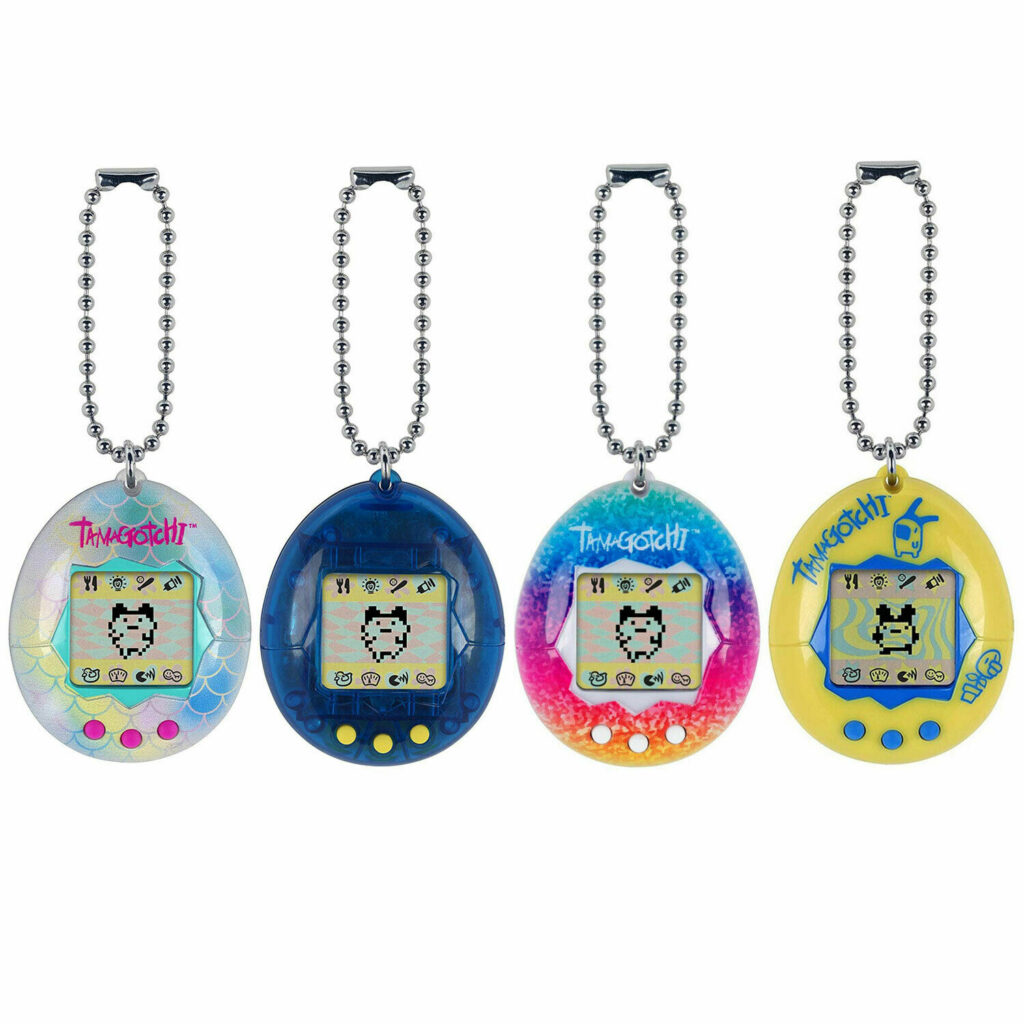Possibility Driven Design
When searching for articles about joyful and positive design I came across the article “Towards Happiness: Possibility-Driven Design” by Pieter Desmet and Marc Hassenzahl. [1] Possibility-driven design acts as an alternative to the common problem-driven approach. Throughout their research, Desmet and Hassenzahl hope to lay ground for an approach to design, which draws upon happiness to motivate the design of future technologies.
“This will help establishing a culture of humane innovation, which understands technology as a possibility to improve life directly.”—Desmet & Hassenzahl.
From problems to possibilities [2]
Today, design techniques mostly favour a problem-driven approach, where design acts as an activity focused on removing problems (i.e., to make something easier, cleaner, cheaper, safer or smaller). The goal: to make the world a better place through solving its problems—instead of focusing on what makes us happy. Desmet describes problem-driven design as the mere attempt to “keep the demons asleep.” Which means, that problem-driven design primarily is about avoiding, solving, or neutralizing the negative, the moment it arises—removing prevailing problems. But, removing the negative must not necessarily generate a positive experience. It only guarantees the transition from a negative state to a neutral state. But, to generate a positive state from neutral may requires more than a problem-driven approach. For example, there is a difference between facilitating well-being indirectly through a more functional kitchen and the direct joy from a family gathering that takes place in that kitchen. Therefore, Desmet and Hassenzahl propose a possibility rather than problem-driven approach to design, to unlock its full potential of contributing to human flourishing.
They mentioned an example regarding leg prosthetics. “Instead of understanding the absence of legs as primarily a problem to be solved, the designers used a seemingly problematic situation as a possibility to explore material and technology to create a new type of leg. For a while, these legs where even considered better than natural one’s, which led to Pistorius being ruled ineligible for competitions, including the 2008 Summer Olympics – a decision reversed later.”— Desmet & Hassenzahl.

That perfectly states, that a possibility driven design approach strives for more—the goal is to design products without referring to a problem, but still rooted in human practice and needs.
Another example from another industry—the game and entertainment industries—is Bandai’s Tamagotchi.

The Tamagotchi was a cult in the mid 90ties of the last century, with an ongoing revival since 2004. The games concept inspired a range of games following the same basic principle, from Will Wright’s Sims published in 2000 to Sony’s recent EyePets. The Tamagotchi does not necessarily solve a problem, but appeals to the basic psychological need of relatedness and the associated interest in nurturing, care, and enjoyment created by taking on responsibility. Desmet & Hassenzahl compare it to the similarity of the enjoyment from having pets or from indulging in recreational gardening. Therefore, according to Desmet & Hassenzahl, a Tamagotchi is a possibility of fulfilling an everpresent need.
Even though, the Tamagotchi’s can be seen as a solution to the problem of “loneliness”. So, possibility driven design can also be seen as solving a problem on a more abstract level. However, Desmet & Hassenzahl disagree. “Relatedness, the need primarily addressed by the Tamagotchi, is sufficient and meaningful in itself. A technology that addresses relatedness will be, thus, meaningful, too. Now there are plenty of ways to satisfy relatedness, some more viable for certain people than others. As a result, people may prefer plants over pets or virtual pets over real ones. Or just have all the alternatives side by side. In other words, pets do not primarily solve a problem. It is just enjoyable to have them because they address important human needs […] TheTamagotchi is not a solution but a new way to craft technology to create a mean- ingful, fulfilling experience. Just for the sake of it.”—Desmet & Hassenzahl
There is an increasing interest in a possibility-driven approach to design, both with a focus on the pleasurable life and the good life. This interest is reflected in a broad focus on pleasure and enjoyment aka (positive) emotions as a design goal. All these new experimental design approaches primarily address humans, their experiences, joys and misfortunes and emphasize possibilities for new ways of happiness rather than the removal of problems.
Sources
[1] Desmet, Pieter / Hassenzahl, Marc: Towards Happiness. Possibility-Driven Design. Delft University of Technology 2012. URL: https://www.researchgate.net/publication/233850646
[2] ebda.